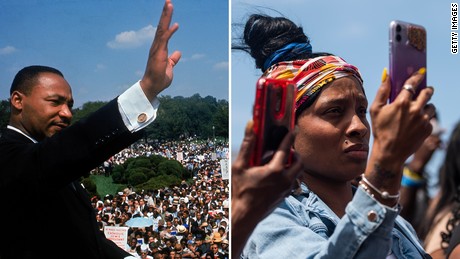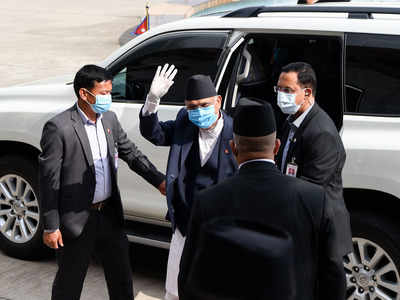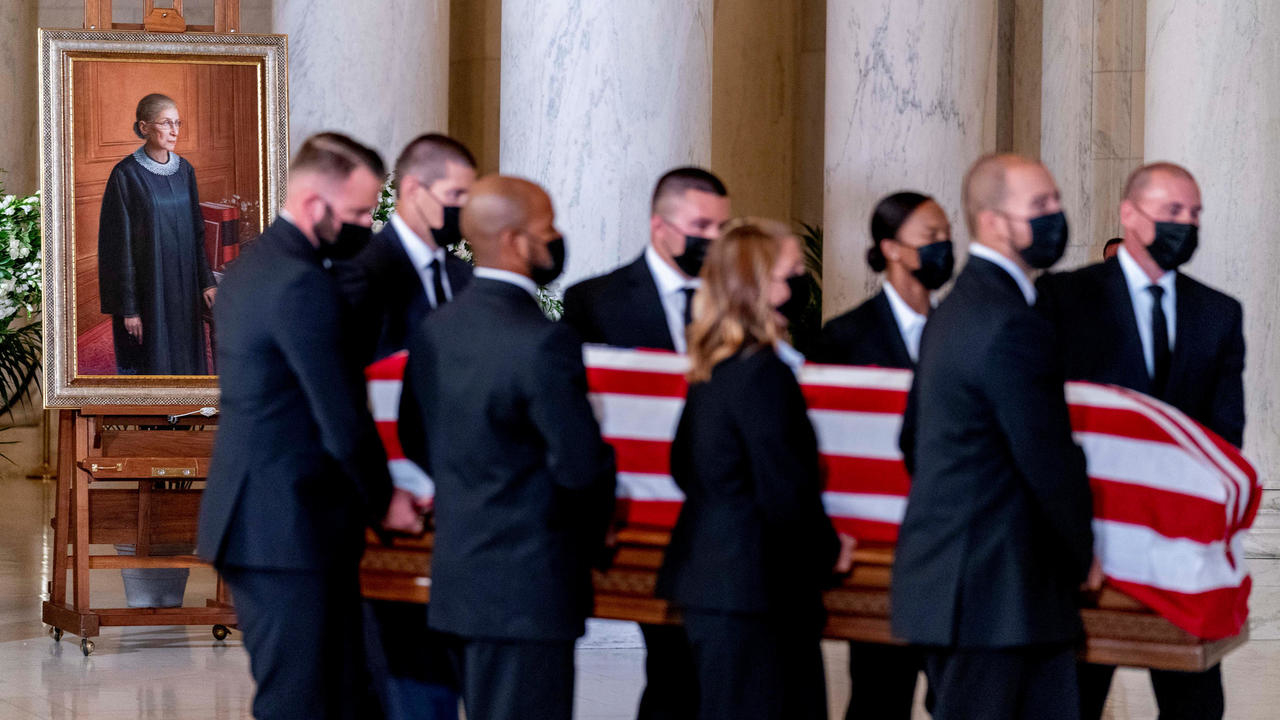To gain a better understanding of how those historic events inform our present moment, CNN reached out to young men and women of that time — brave activists better known as the Freedom Riders, the Little Rock Nine and members of the Atlanta Student Movement. Now in their 70s and 80s, these pioneers tell us how things have changed in the fight for equality — and how much farther we need to go.
Why people protest
THEN: For integration of public schools, fair housing and equal access to public accommodationsNOW: For an end to police brutality against people of color; against institutional racism in all its forms
Who is protesting
THEN: Young, mostly black people, based mostly in the South. Many were inspired by Dr. Martin Luther King, although others thought he moved too slowly.NOW: A larger nationwide coalition of people of all colors, including members of the decentralized Black Lives Matter movement
How they protest
THEN: A nonviolent, multi-pronged approach combining marches, rallies, Freedom Rides, sit-ins and congressional hearings NOW: Peaceful rallies and street protests with flashes of violence in places like Ferguson (2014), Baltimore (2015) and in numerous cities after the death of George FloydOne Freedom Rider described how nonviolent civil rights protesters underwent training on how to respond when they were verbally abused or physically assaulted.
How they spread their message
THEN: Rallies, speeches, opinion pieces, interviews with the news media, nonviolent protests that deliberately courted violenceNOW: Social media and phone cameras give protesters a new tool that's used to organize, to spread messaging and to hold wrongdoers accountableOne Freedom Rider described how the open-casket funeral of Emmett Till, a 14-year-old lynched by whites in 1955 in Mississippi, shocked the nation when news photos of his battered face appeared in newspapers across the country:
Their slogans
THEN: "We shall overcome," "I am a man," &Read More – Source
To gain a better understanding of how those historic events inform our present moment, CNN reached out to young men and women of that time — brave activists better known as the Freedom Riders, the Little Rock Nine and members of the Atlanta Student Movement. Now in their 70s and 80s, these pioneers tell us how things have changed in the fight for equality — and how much farther we need to go.
Why people protest
THEN: For integration of public schools, fair housing and equal access to public accommodationsNOW: For an end to police brutality against people of color; against institutional racism in all its forms
Who is protesting
THEN: Young, mostly black people, based mostly in the South. Many were inspired by Dr. Martin Luther King, although others thought he moved too slowly.NOW: A larger nationwide coalition of people of all colors, including members of the decentralized Black Lives Matter movement
How they protest
THEN: A nonviolent, multi-pronged approach combining marches, rallies, Freedom Rides, sit-ins and congressional hearings NOW: Peaceful rallies and street protests with flashes of violence in places like Ferguson (2014), Baltimore (2015) and in numerous cities after the death of George FloydOne Freedom Rider described how nonviolent civil rights protesters underwent training on how to respond when they were verbally abused or physically assaulted.
How they spread their message
THEN: Rallies, speeches, opinion pieces, interviews with the news media, nonviolent protests that deliberately courted violenceNOW: Social media and phone cameras give protesters a new tool that's used to organize, to spread messaging and to hold wrongdoers accountableOne Freedom Rider described how the open-casket funeral of Emmett Till, a 14-year-old lynched by whites in 1955 in Mississippi, shocked the nation when news photos of his battered face appeared in newspapers across the country:
Their slogans
THEN: "We shall overcome," "I am a man," &Read More – Source












